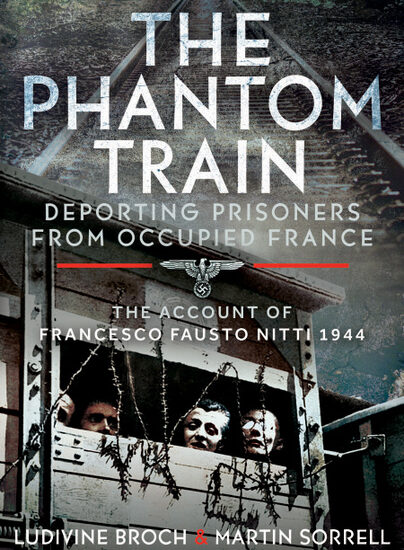The Tokyo Sixteen – the Heroes of Doolittle’s Daring Raid
Author guest post from Geert Rottiers.
When I began writing The Tokyo Sixteen, I had one goal in mind: to shed light on the sixteen brave crews who volunteered for a mission so dangerous that it was likely a one-way journey. The Doolittle Raid of April 18, 1942, marked America’s first counterstrike against Japan following the attack on Pearl Harbor. At the time, the United States was reeling—not only from Pearl Harbor, but also from the fall of Wake Island and the Philippines. Confidence was shaken, and morale was low. The Raid was intended to restore a sense of hope—not only for the American people, but for the entire Allied effort.
Though the operation has gone down in military history, the individual stories of the eighty men who took off that day are often overlooked. Their roles were diverse—pilots, co-pilots, navigators, bombardiers, engineers, and gunners—each essential to the mission’s success. They trained in secrecy, adapted to unfamiliar aircraft modifications, and endured grueling take-off rehearsals on shortened runways to simulate the conditions of an aircraft carrier.
To reduce weight, they removed the aircraft’s radio equipment—meaning they had no way to communicate with one another during the mission—and even replaced some of the machine guns with wooden broomsticks to maintain the illusion of armament. Most had never taken off from a ship before, and none had done so in a fully loaded bomber. Their courage was evident not only in their willingness to accept the mission, but in how they executed their orders under impossible conditions.

What made these men remarkable was not just their skill, but their willingness to volunteer without knowing the details. They flew stripped-down bombers, short on fuel, with no chance to return to the carrier. Their target: the heart of Japan. Their fate: unknown. Some were captured. Some were executed. Some were helped to safety by brave Chinese civilians. And yet, they went.
For many of these young men, this was the first time they had ever left the United States. They came from farms, towns, and cities, often having never seen the ocean, let alone flown over one. When they launched from the deck of the USS Hornet, they were not only flying into enemy territory—they were leaving behind everything familiar. Each pilot had only 128 meters of flight deck to get his heavily loaded bomber airborne. With no room for error, they had to lift off in far less space than the B-25 was ever designed for—an extraordinary feat of flying under pressure.
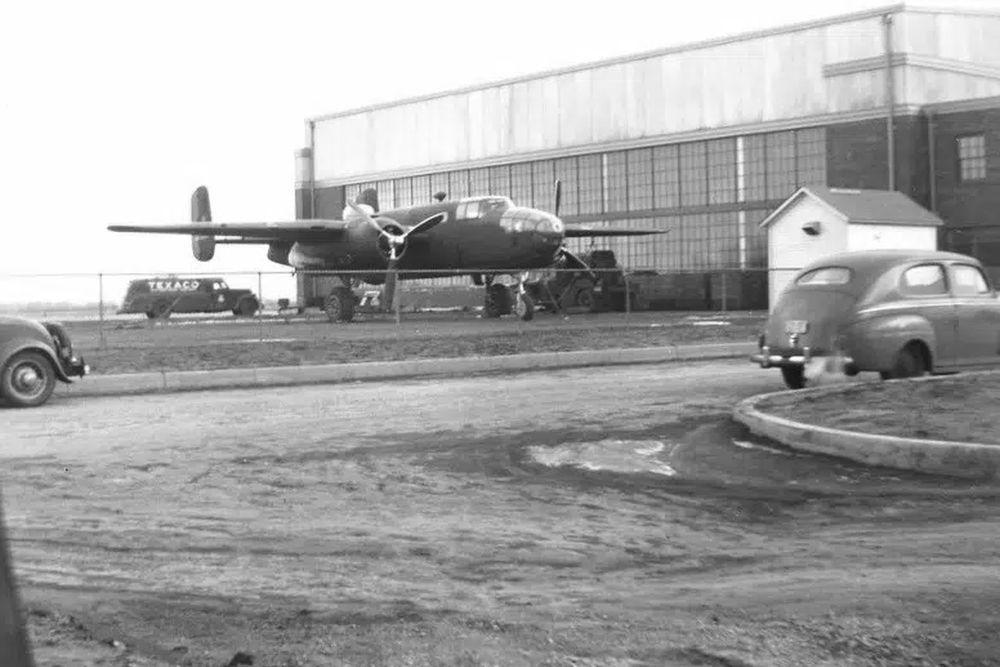
And what awaited them after their bombing run was equally daunting. Because the task force had been spotted by a Japanese patrol boat, the crews had to take off several hours earlier than planned. This meant they would run out of fuel long before reaching the intended landing zones in China. With no fuel to return, most crews were forced to ditch or bail out over Chinese territory. For many, it was the first time they had ever used a parachute. Some jumped at night, in storms, over mountainous terrain, with no idea what lay below. The weather was brutal—driving rain, thick fog, strong winds. Several were injured upon landing. Some were captured almost immediately. It was a miracle that any made it home. In the end, fifteen of the sixteen aircraft crash-landed or were abandoned after fuel exhaustion. Only one B-25, commanded by Captain York, managed to land safely in the Soviet Union. The rest were lost—scattered across the Chinese countryside or into the sea—making the survival of so many crew members all the more remarkable.
Each chapter of The Tokyo Sixteen focuses on the pilot of one of the sixteen crews. While the full crews were essential to the success of the mission, this book places particular emphasis on the men who commanded each aircraft. I wanted to show not only the strategic brilliance of the mission, but also the human drama these young officers experienced. These were young men, many in their twenties, who had never seen combat. Some wrote farewell letters to their families before takeoff. Others would never return home.
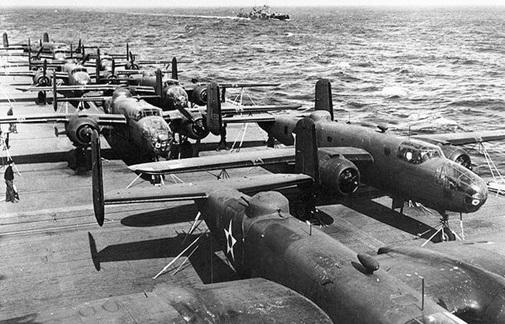
What moved me most in the writing process were the personal archives — letters, diaries, family photos. These glimpses into their lives reminded me that history is not just shaped by generals and battles, but by ordinary people thrust into extraordinary situations. One pilot, Donald Smith, spent parts of his childhood in an orphanage and went on to fly over Tokyo. Another, Bill Farrow, was executed by the Japanese after capture. His final letter, written in a prison cell just days before his death, is one of the most haunting pieces of testimony from the entire war. In it, he expressed no hatred toward his captors, only love for his family and pride in what he had done. It is a letter that speaks across generations—a reminder of the human cost of war and the dignity with which some men face death.
Writing this book was not a commercial decision. It was an act of remembrance. I spent hundreds of hours researching archives, interviewing families, and cross-checking documents. I also maintain the world’s largest online platform dedicated to the Doolittle Raid, which now reaches more than 47,000 followers. The response to the book has been humbling. Veterans’ descendants have reached out to say thank you. Younger readers have discovered a piece of history they never knew existed.
The Doolittle Raid was a turning point—not strategically, but symbolically. It showed that Japan was not untouchable, and it proved that courage and ingenuity could overcome even the bleakest odds. The Raid had an immense psychological impact both in the United States and abroad. It rallied Allied morale and sowed doubt in the Japanese command. Its legacy lives on not only through the history books, but also in the lives of the families who still remember these men as heroes.
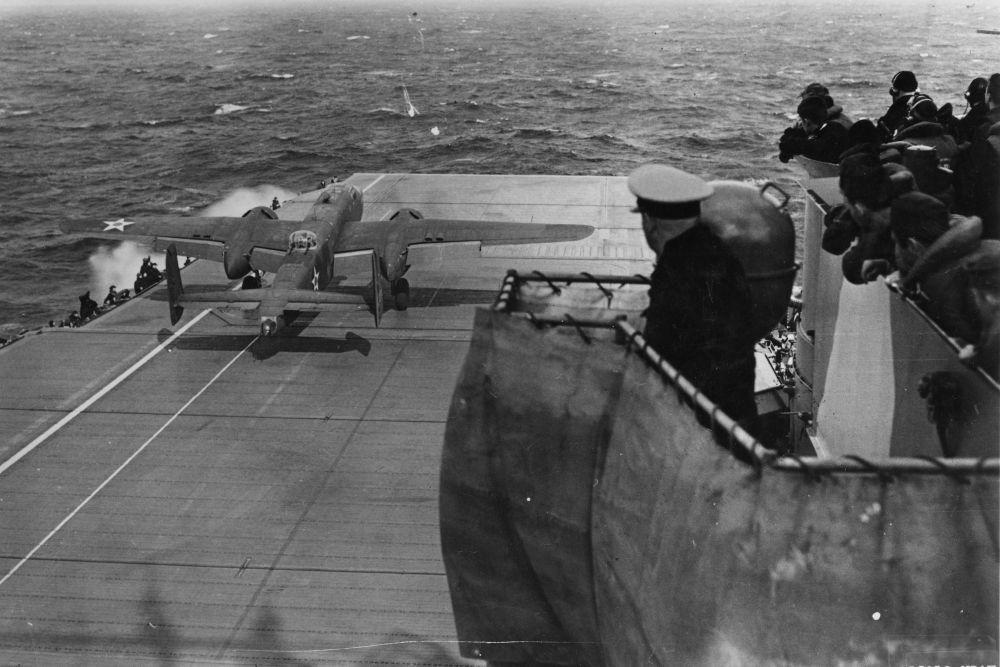
All sixteen B-25s participating in the Doolittle Raid launched from the USS Hornet and successfully became airborne without any significant mechanical issues during takeoff. Despite the short runway and the rough conditions at sea, each aircraft managed to lift off—an impressive feat, given that this had never been attempted before with medium bombers.
The idea of launching medium bombers from an aircraft carrier had been considered impossible. Yet, through intense training, specially modified aircraft, and favorable wind conditions, these highly skilled crews accomplished a stunt previously unknown in military aviation. Naval officers and crew members of the USS Hornet watched tensely as the mission began to unfold.
I’m grateful to Pen & Sword Books for giving The Tokyo Sixteen a home and a voice. And I hope that, through this blog and the powerful black-and-white images that accompany it, readers will take a moment to reflect. These stories are not from the distant past. They are legacies. And they are ours to protect.
Let us remember them not as statistics, but as sons, brothers, and husbands who dared the impossible.
Their courage still echoes.
About the author:
Geert Rottiers is a Belgian historian and author with a lifelong passion for the Doolittle Raid. He runs www.doolittle-raid.net, the largest online platform dedicated to the mission and its men, along with its accompanying Facebook page followed by over 47,000 people. He is the author of The Tokyo Sixteen, published by Pen & Sword in 2025.
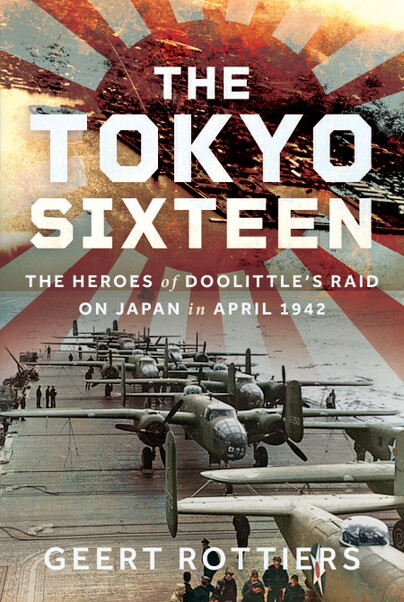
Order your copy here.

